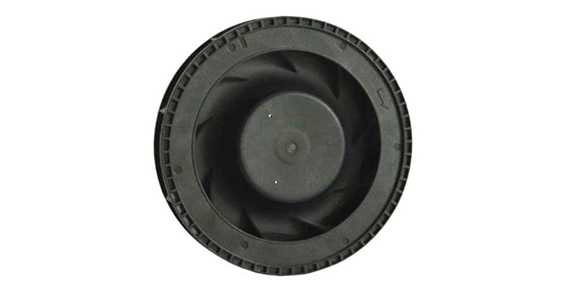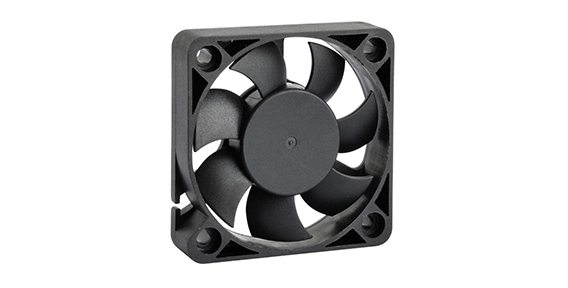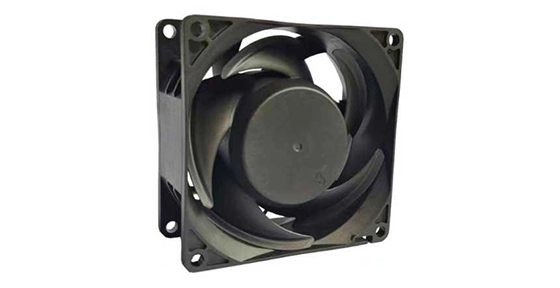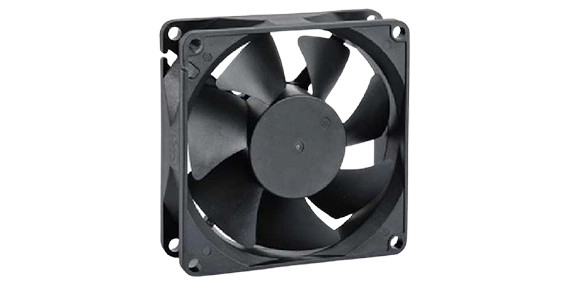Centrifugal blower fans are a critical component of many industrial and commercial ventilation systems. They are responsible for creating and maintaining a steady airflow, which is vital for various applications, including HVAC systems, cooling systems, and manufacturing processes. The design of these fans is crucial to ensure efficiency, durability, and optimal performance. In this article, we will explore the engineering design aspects of centrifugal blower fans, focusing on their core design, efficiency, and material selection for durability and performance.
The Core of Centrifugal Blower Fan Design
The core design of a centrifugal blower fan is based on the principles of centrifugal force. These fans use a rotating impeller to generate a high-pressure airflow. The impeller is a disk with curved blades that draw in air from the center and push it outwards. As the impeller rotates, centrifugal force is generated, which increases the velocity of the airflow.
The efficiency of a centrifugal blower fan is determined by factors such as impeller design, speed, and blade shape. The impeller design plays a critical role in maximizing airflow and minimizing energy consumption. Different blade shapes, such as forward-curved, backward-curved, and radial, are used depending on the specific requirements of the application.

Centrifugal Blower Fan Efficiency: Channeling Airflow with Precision
Efficiency is a key consideration in the design of centrifugal blower fans. These fans need to deliver a precise airflow rate at the desired pressure with minimum energy consumption. To achieve this, engineers focus on various design elements such as impeller diameter, blade shape, and speed.
The impeller diameter is chosen based on the desired airflow rate and pressure requirements. A larger diameter impeller can deliver higher airflow rates, but it also requires more power. Blade shape is optimized to maximize airflow and minimize turbulence, improving overall efficiency. The speed of the impeller is carefully calculated to match the system requirements, ensuring optimal performance without unnecessary energy consumption.
In addition, engineers also consider the system design and airflow path to minimize losses and improve efficiency. This includes optimizing the inlet and outlet shapes, as well as properly designing the ductwork to minimize restrictions and pressure drop.
Centrifugal Blower Fan Material Selection for Durability and Performance
Material selection is crucial in the design of centrifugal blower fans to ensure durability and optimal performance. These fans are exposed to various operating conditions, including high temperatures, corrosive environments, and high-speed rotations. Therefore, the materials used in their construction must be able to withstand these conditions.
Commonly used materials for axial cooling fan construction include stainless steel, aluminum, and various alloys. Stainless steel is widely used due to its excellent corrosion resistance, high strength, and durability. Aluminum is commonly used for smaller fans due to its lightweight nature and good thermal conductivity.
The material selection also extends to the impeller blades, considering factors such as strength, fatigue resistance, and corrosion resistance. Depending on the specific application requirements, materials such as carbon steel, stainless steel, and aluminum alloys may be used.
In conclusion, the engineering design of centrifugal blower fans is a complex process that involves considerations of efficiency, airflow precision, and material selection for durability and performance. These fans play a crucial role in various applications and industries, and their design must be carefully tailored to meet specific requirements. By understanding the core design principles, optimizing efficiency, and selecting suitable materials, engineers can ensure that centrifugal blower fans provide long-lasting and efficient performance in a range of demanding environments.


 EN
EN 

 +
+
 +
+
 +
+



